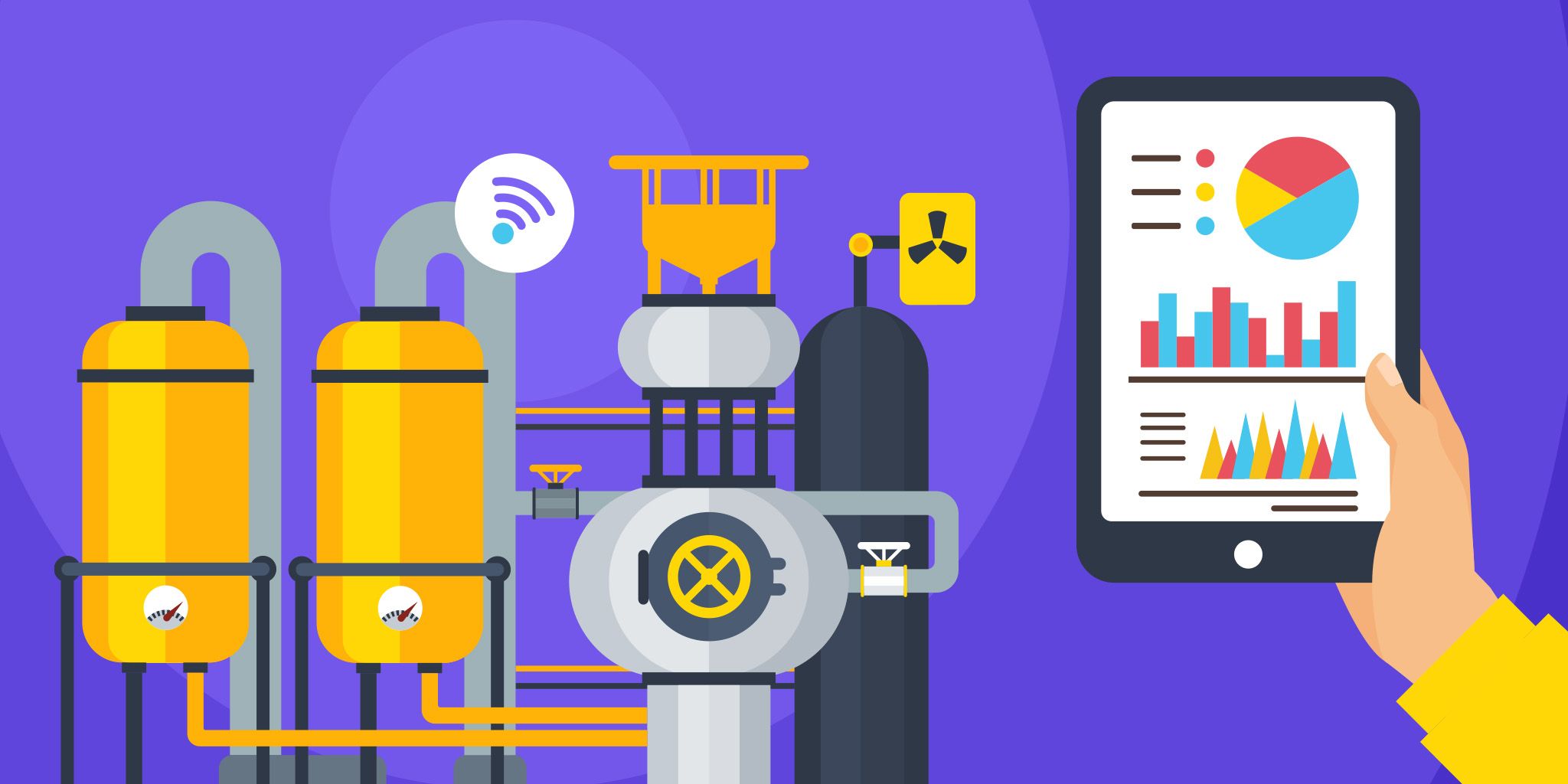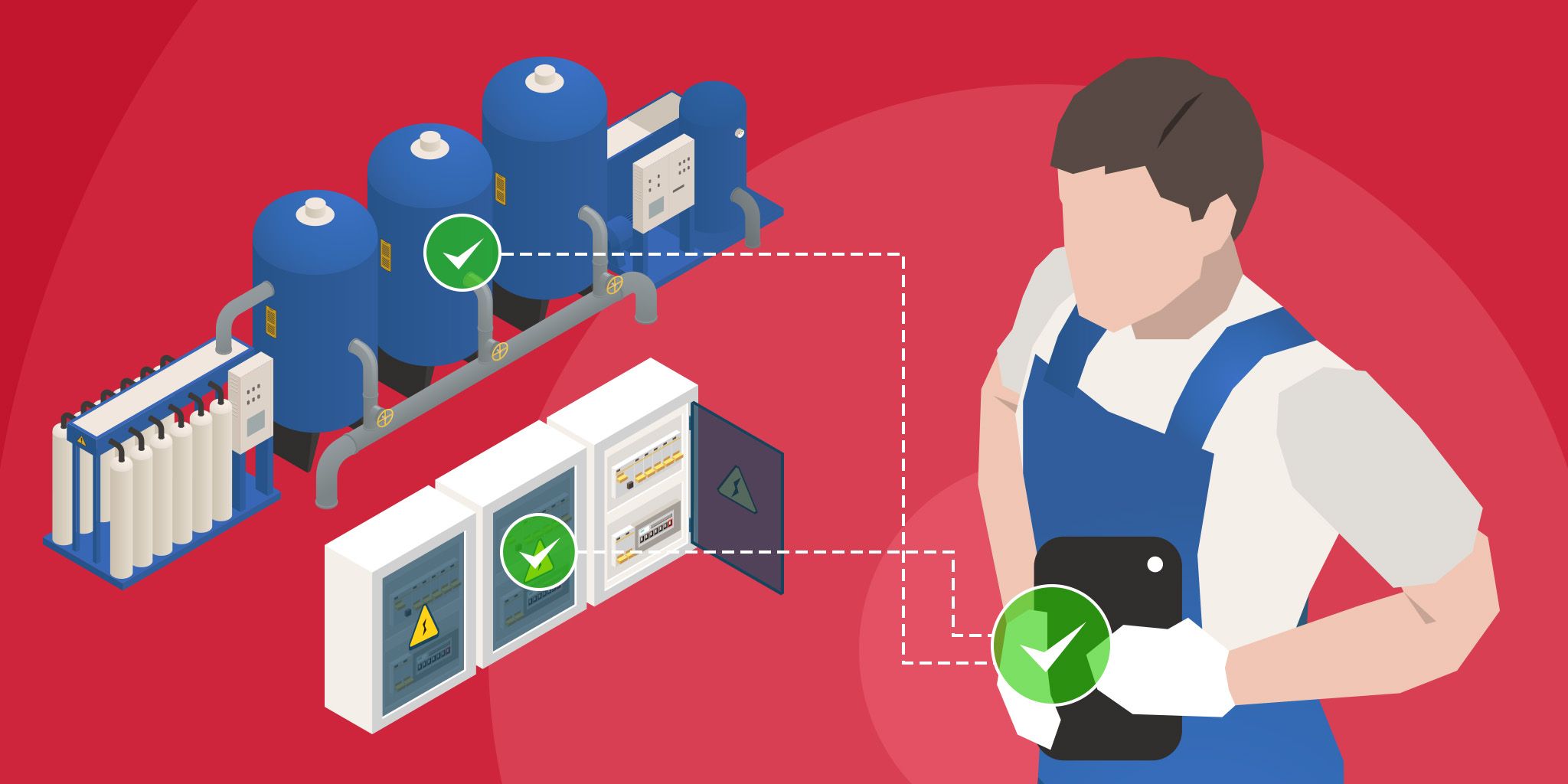Edge Computing in the Electrical Sector
Edge Computing in the Electrical Sector
- Last Updated: December 2, 2024
Barbara
- Last Updated: December 2, 2024



Edge Computing consists of local computing equipment, in this case in Electricity Substations, which offer a better solution for scalability and response times and significant cost savings.
Through expert reports or simply through pure observation and common sense, it has become evident that the impact of climate change will have dire consequences for the planet if corrective action is not taken. In this regard, the European Green Pact lists multiple initiatives to achieve climate neutrality in the EU by 2050 (net greenhouse gas (GHG) emissions equal to zero).
Edge computing brings intelligence to electricity transformation centers, allowing distribution companies to control what happens in their networks.
The keys to meeting these goals are partly regulatory, such as tax policies and pricing policies and incentives and funding capacity for certain industries and proposals. Technology is crucial. Strong R&D along with investments must be made to digitalize widespread and decarbonized production processes.
Electrical Network
In the coming years, the electricity network will be totally immersed in this process of disruptive transformation.
Some of the requirements arising from this move are:
- The need to incorporate new DERs such as electric vehicles and heat pumps
- The need to generate and store energy in an evenly distributed and balanced manner. Consumers and Prosumers (producers and consumers) will be grouped into energy communities and self-managed or managed by Aggregators
- Regulatory or commercial requirements to better inform users, regulators, and other agents
- The need to generate new services in the value chain to achieve customer loyalty in an increasingly competitive environment
These changes point to a future network that will have to manage the multi-directional flow of energy, requiring real-time information between the power company, its suppliers, partners, customers, and aggregators.
With thousands of Power Transformation Centers distributed over a wide geographical area in medium and low voltage networks, using only the Cloud is not a viable option due to real-time data requirements coupled with coverage and connectivity, latency, traffic cost, and scalability issues.
Edge Computing
Edge Computing introduces local computing equipment at each substation, bringing storage and data processing to the place where it is needed, improving solution scalability, response times, and saving on bandwidth costs.
This technology allows:
- The integration of legacy information equipment and new loading through electrical protocols such as IEC-102, IEC-104, IEC-61850, DNP3, Modbus, etc.
- The processing, standardization, and storage of local data using Artificial Intelligence algorithms industrialized via Docker containers in many cases
- “Meshed” communications between Transformation Centres, which traditionally only communicate with adjacent ones via PLC communications
With these capabilities in place, the possibilities for data exploitation and edge decision-making are exponentially multiplied. New commercial services can be introduced with real-time information while fault detection and repair times can be reduced.
However, Edge Computing also poses challenges:
- How can the correct integration of the different electricity service providers operating at each Substation be ensured?
- How can algorithms involving several network edge points be coordinated?
- How can a productive lifecycle (installation, configuration, maintenance, and recommissioning) be assured?
- How can data cybersecurity be guaranteed in such a widespread and critical environment?
New power generation and consumption models (self-consumption, electric cars, super batteries) are challenging Electric Power company's network models. They need data to understand what their low-voltage networks are demanding and offering in real-time so they can adjust and optimize their equipment. And for that, they need IoT. Edge Computing becomes the natural solution for those IoT deployments in industries with data-intensive operations and high demand for low latency (5G is also coming like a tsunami).
The Most Comprehensive IoT Newsletter for Enterprises
Showcasing the highest-quality content, resources, news, and insights from the world of the Internet of Things. Subscribe to remain informed and up-to-date.
New Podcast Episode

Moving Past the Pilot Phase in IoT and AI
Related Articles





